Last week, and in honor of the gift giving season, The Howling began my countdown of the top three werewolf books. Coming in at number three The Howling also has the distinction of being perhaps the finest werewolf movie made in the past thirty plus years – though the movie and book are almost nothing alike. This week, and as promised, I reveal number two on my list of all-time werewolf books: The Wolfen.
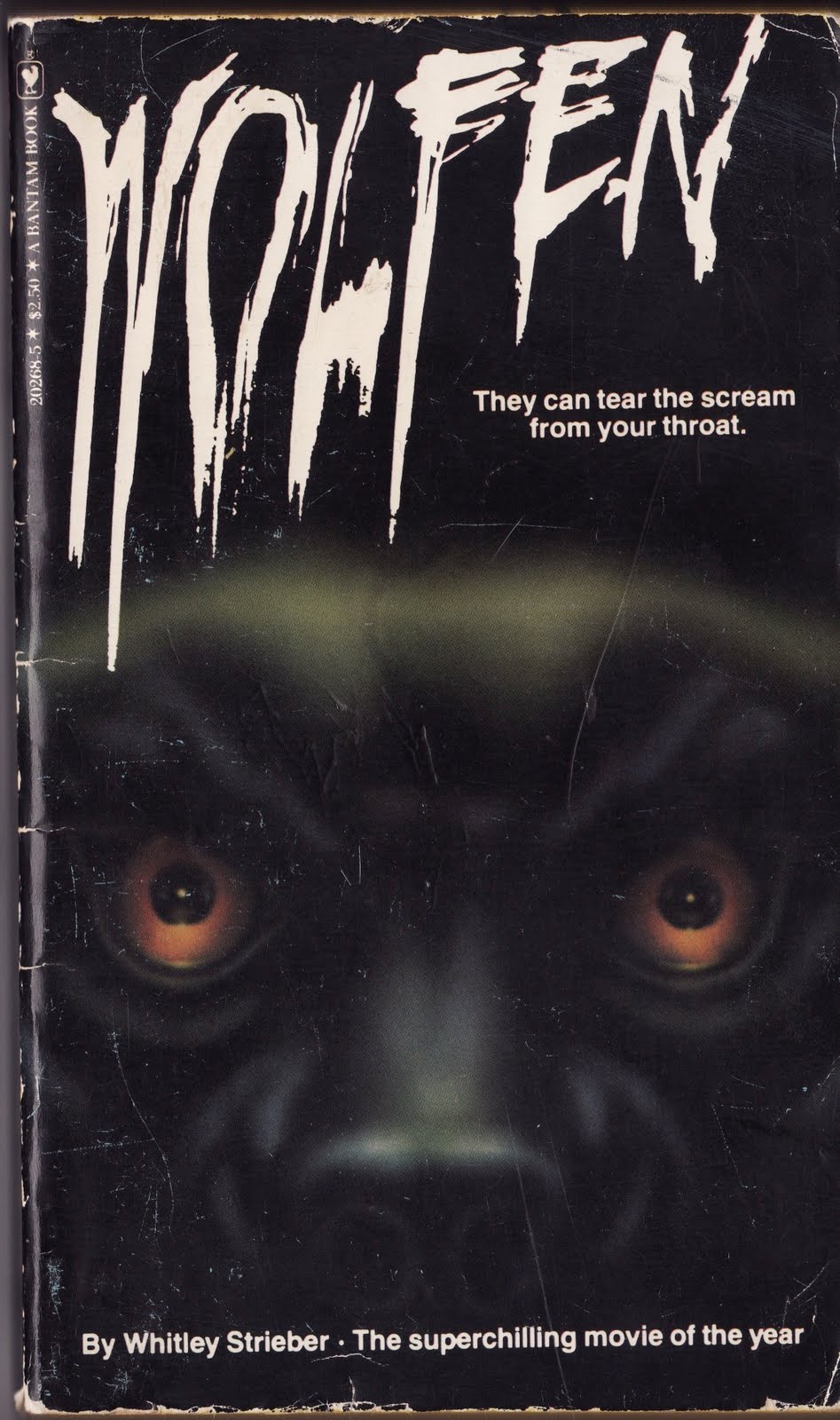
As with my discussion of The Howling I will begin with my choice of cover for the image accompanying this little review. This is a task far more complex than it may seem given there are at least a half dozen different book covers for the various editions. Don’t believe me? Google it. Then try to pick your favorite cover. Good luck by the way, I think most of them kinda suck. So I took the easy road and went with the cover on my edition of the book. I picked up this edition in a used book store in my hometown back in the mid 1980’s. As you can see here this edition came out not only well after the book’s original publication date of 1978, but also was knee deep in promoting the movie that subsequently came out in 1981 (and that like The Howling often finds itself in top ten werewolf movie lists). Now, considering I can already hear many readers gnashing their fangs at my inclusion of this book at number two on this list, on to the big fat elephant in the room…..
The wolfen are not werewolves.
I don’t care. Buy the book.
If you are into werewolves as vehicles for scaring your pants off then you will almost assuredly find these creatures quite terrifying. We can debate this point until the next time the moon is full – and if you must know, and I hope you must, that is on January 4, 2015. So if you want to argue the merits of including in this list a creature that has nothing to do with shape-shifting then be my guest. I look forward to your emails, comments, tweets, or whatever. And for those would be debaters out there please read the book first.
Penned by the enigmatic and eccentric talent Whitley Strieber…. Don’t just trust me on those descriptors; look it up. Strieber has created an entire conceptual framework for understanding our place in the universe, and he is not afraid of sharing those ideas. Okay, now back to the book, and an important question I am confident is driving you mad by this point. If it’s not a werewolf book then what the heck is The Wolfen about?
The wolfen are a race/species of highly intelligent and evolved predators that at some point thousands of years ago broke free of the canine evolutionary tree to create their own branch. And yes Virginia, if you were wondering they are not just any kind of predator; they prey on humans. Up until one rainy late 1970’s day in New York City the only non-Native American humans aware of that get slaughtered by the wolfen before they could do anything about their new found knowledge. Oh what fun!
In choosing to craft his creatures as a scientific and thus logically explainable part of nature’s evolutionary process Strieber accomplishes two things of particular note. First, he turns the werewolf genre on its head. Second, he ramps up the stakes for future horror writers seeking to create enough plausibility for their creations to not only suspend reader disbelief, but do so in such a way that leaves readers all too often waking up in a cold sweat in the middle of the night. This is of course what every horror writer wishes for, but there are a number of ways of getting to that point. I happen to think Strieber did a good job with the tools he chose for entertaining his readers.
It is in bringing together Strieber’s subversion of the werewolf genre, and his chosen method of suspending disbelief in his readers, that we get to the real genius of this short (250 plus page), fast paced book. Traditionally the werewolf is a human who is cursed, bitten, or what have you; and becomes a monster that eats people. Part of what makes the werewolf such a formidable and terrifying adversary is the stealth factor (after all how do you know who a werewolf is until they change). Another part is the concept of taking the human mind and letting it direct a powerful body in all the myriad ways a higher intelligence can wield truly awe inspiring physical capabilities. As much as that last sentence explains the werewolf it also explains the wolfen.
As for the whole cursed, bitten concept – i.e. the supernatural aspect of a werewolf – there is nothing wrong with this per se. After all my number three book on this list essentially has an occult explanation for its werewolf genesis. As does a novella that barely missed this list (Stephen King’s Cycle of The Werewolf – to be honest another must read, but because of its brevity not up to the depth of an entertainment experience provided by my top three). Here Strieber eschews such an approach by taking a fascinating walk through the wolfen’s evolution. This walk is memorialized by Strieber through a series of scenes involving scientists and researchers at the Museum of Natural History, via exploring library archives, and through the wolfen’s point of view descriptions of their remembered history. These scenes provide not only a plausible explanation for where the wolfen come from, and a visceral thrill for any researcher and lover of books, but also leverage the legend of the werewolf as humanity’s way for trying to understand attacks that in fact had been all along made by the wolfen. It is for these reasons, and not that the wolfen are wolf-like creatures, putting this book on my list. One could argue otherwise but I believe The Wolfen fits in with the werewolf genre, and not part of a more generic scientifically created creature feature listing that would include works by Dean Koontz (Watchers) or Michael Crichton (Jurassic Park) – as an aside do note that both are superb books far superior to their movie versions.
Going beyond all of the above what else is it about The Wolfen that ranks it among the best werewolf books? That’s easy. The book is freaking scary. If you have ever wondered how awful it would be to be hunted by a pack of relentless, motivated, lethal creatures then this book is for you. If you have ever wondered what it would mean to have no hope of reasoning your way out of or otherwise escaping a confrontation with creatures anxious to rip your body to pieces and consume every part of it then this book is for you. Regardless of the book’s other strengths it does a superb job of conveying the horror of being trapped in a big city, surrounded by people, yet having no one to turn to; and thus on your own facing the most implacable and ruthless foe you could imagine.
The book’s protagonists, two cops stumbling upon the wolfen’s existence, are marked and hunted from almost the first moment they begin to understand what they are facing. Strieber repeatedly ramps up the tension as his wolfen circle ever closer to their most important kill. I read this book as a teenager and had nightmares for days afterward. Even as an adult re-reading it I still got jumpy. If this book doesn’t get your heart pumping I don’t know what will.
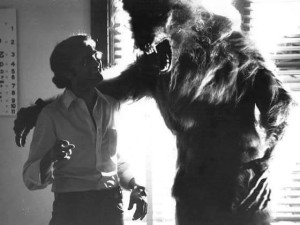
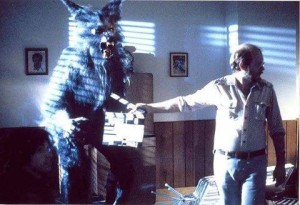
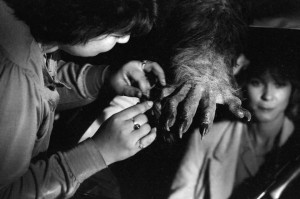
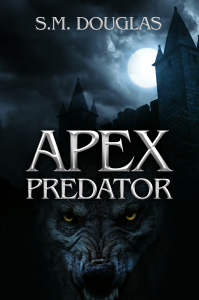
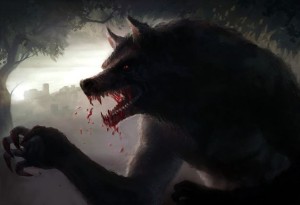
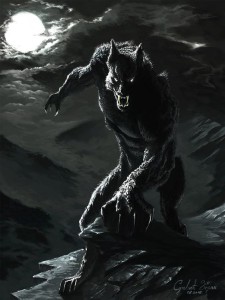
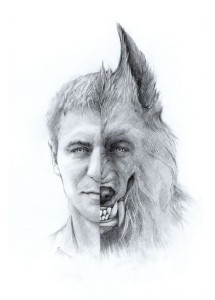
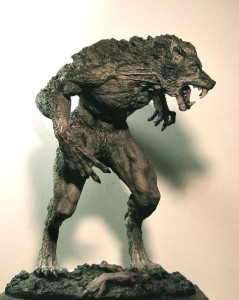
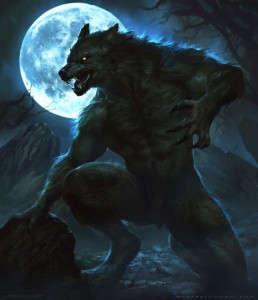
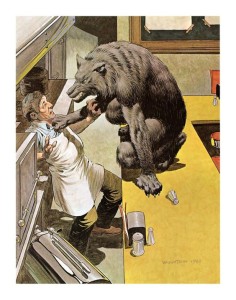
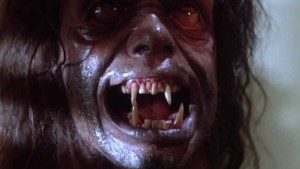

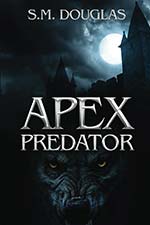
Recent Comments